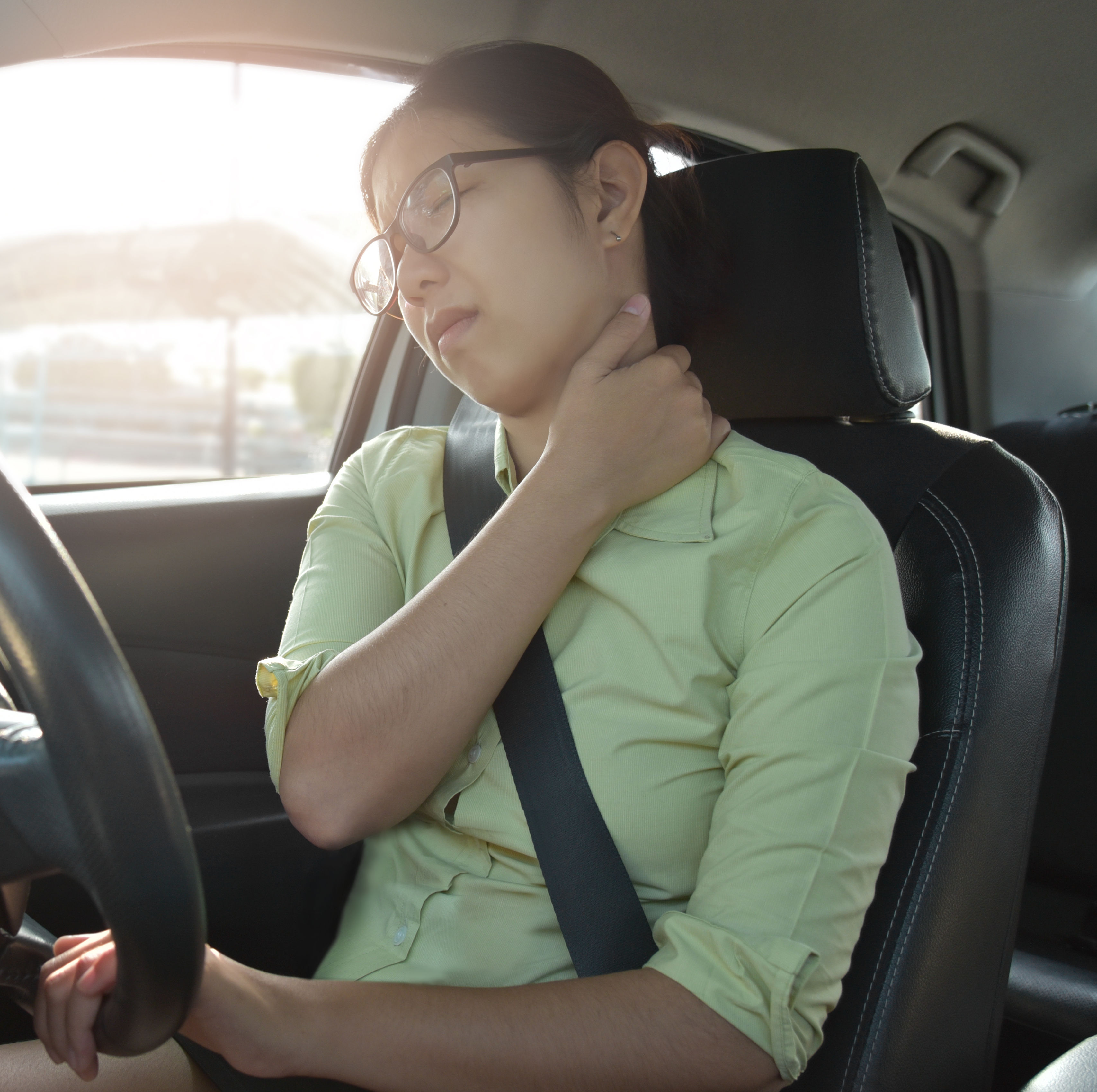
Auto accidents can place significant force on your body. Despite modern safety features in our cars, significant injuries can and often do result from auto accidents. The shoulders are a common area that is injured in an auto accident.
The positioning of the arms at the time of impact can affect the extent of injuries. For the driver of a vehicle, force can be directed through the arms into the shoulders, damaging structures within the shoulder joint. This can include the cup-like labrum that holds the head of the humerus, or the rotator cuff that moves and stabilizes the shoulder.
Labral tears can result in shoulder pain as well as clicking, shifting, catching, locking, or dislocation of the humerus in the shoulder.

Rotator Cuff
The rotator cuff is made up of 4 muscles including the supraspinatus, infraspinatus, teres minor, and subscapularis. Rotator cuff tears involve tearing of one or more of the 4 muscles of the rotator cuff. Symptoms can include pain, weakness, and grating sensation.

Seat Belt Shoulder Strap
Despite preventing more serious injuries, seat belts can direct force into the shoulder, producing shoulder injuries. The seat belt shoulder strap can compress across the front of the shoulder and upper body, leading to injuries in this area.
The shoulder strap passes in front of the clavicle and can lead to acromioclavicular, or AC joint injuries. As the name indicates, the AC joint is the joint between the acromion of the scapula and the clavicle. Pain from an AC joint injury is typically located at the anterior portion of the shoulder. The AC joint can suffer from sprains and in severe cases an AC joint separation can occur where the AC joint dislocates.

Shoulder Impingement
Shoulder impingement can occur after an auto collision as well. Shoulder impingement often occurs at the supraspinatus. The supraspinatus tendon passes within the subacromial space between structures of the shoulder. Space within the subacromial space is limited, and injury of the supraspinatus resulting in increased sensitivity, tightness, and swelling can reduce space available for the supraspinatus tendon, causing compression of the tendon. Degeneration of the acromion process can lead to the acromion moving into the subacromial space and impinging the supraspinatus tendon. Symptoms of shoulder impingement often include pain, weakness, and restricted motion.
These shoulder injuries can vary in severity. While more severe shoulder injuries may eventually require surgery, improvement can be seen in many shoulders with conservative treatment. Conservative treatment for shoulder injuries can include stretches, exercise, massage, and Chiropractic manipulation. Often pain can be reduced, function improved, and more severe intervention avoided with conservative treatment. Contact your Chiropractor if you have been injured in an auto accident.


